20 Simple Ways To Cut Calories Without Going Hungry

Cutting calories doesn’t have to mean eating like a rabbit or walking around starving. These 20 small, smart changes can help you reduce your daily intake while still feeling satisfied and full.
1. Eat More Protein
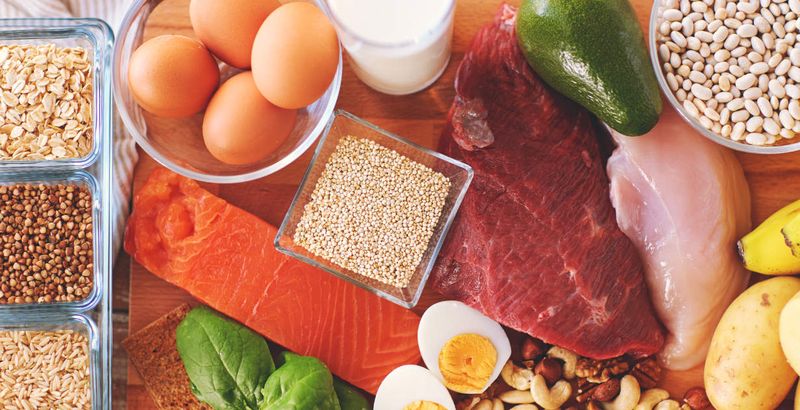
Ever felt like your snacks disappear too quickly? Adding more protein to your meals might be the answer. Protein has a unique way of keeping hunger at bay longer. Imagine mixing eggs, Greek yogurt, or chicken into your daily diet. These additions might curb those sneaky snack cravings.
Consider tofu or beans as alternatives if you’re vegetarian. Both can offer the same satiating benefits. Protein-rich foods are like little hunger-fighters in disguise.
Why not give it a go? Your next meal might just keep you full until dinner!
2. Load Up on Fiber-Rich Foods
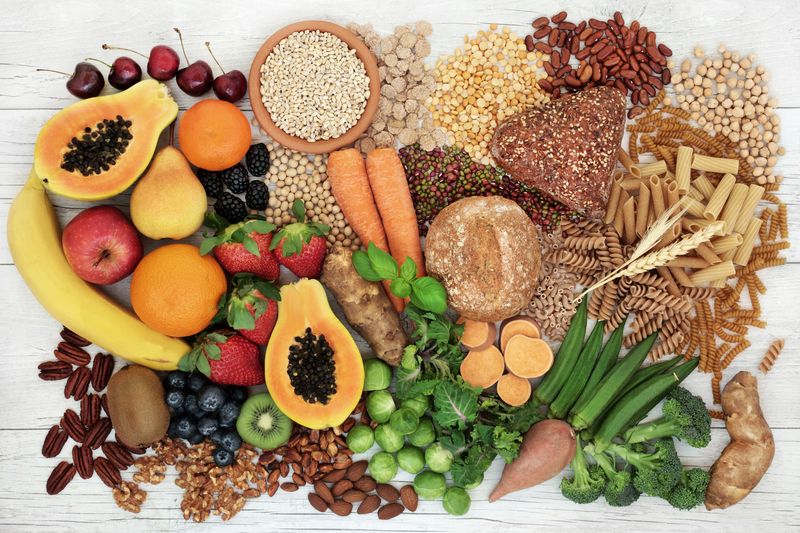
Imagine a plate brimming with colors—greens, reds, and oranges. Fiber-rich foods offer this vibrant variety, filling you up without the calorie overload. Vegetables, fruits, and whole grains are your go-to allies in this endeavor.
Legumes too join the lineup, each bite promising satisfaction. Fiber has a remarkable quality: it expands in the stomach, making you feel full faster.
It’s not just about eating less; it’s about feeling full with healthier choices. The vibrant palette of a fiber-rich meal is not only pleasing to the eye but comforting to the waistline.
3. Use Smaller Plates
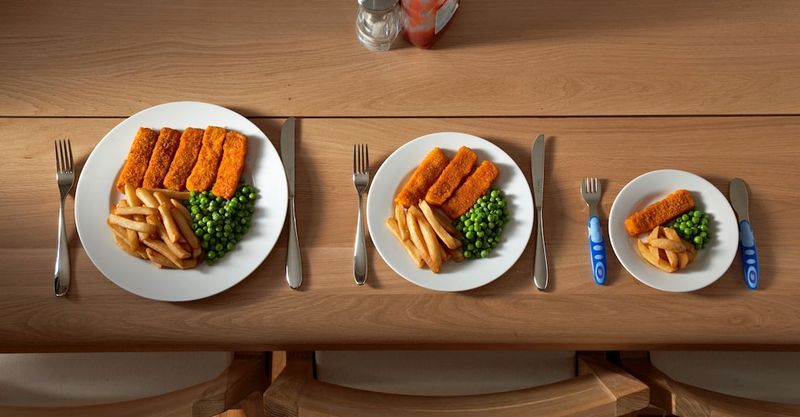
The brain is a funny thing. It can be tricked into feeling satisfied by simply using smaller plates. A small plate filled to the brim can send signals of contentment and fullness.
Visual cues are powerful—they can make a modest meal seem like a feast. You might eat less without even realizing it.
This simple swap could be a game-changer at your next meal. It’s not about eating less; it’s about feeling like you’ve eaten enough. Let the plate size work its magic at your next dinner.
4. Drink Water Before Every Meal

Ever thought that a glass of water could be your pre-meal companion? Drinking water before meals can subtly reduce appetite. Hydration has magical powers, and water is a natural filler.
It prepares your stomach for the meal ahead, signaling satisfaction quicker. This doesn’t mean skipping your favorite dishes; it means eating them with a touch of moderation.
Give it a try. A simple glass of water might be the unsung hero in your calorie-cutting journey. Your next meal may feel different, in a refreshing way.
5. Skip Liquid Calories

Liquid calories might be sneaky visitors in your diet. Sodas, sugary coffees, and fruit juices add up quickly without filling you. Opting for water, black coffee, or unsweetened tea could be the refreshing change you need.
Think of it as swapping hidden calorie pitfalls for clear, hydrating choices. It’s not just about removing; it’s about replacing with something better.
These small changes can lead to significant calorie savings without sacrificing satisfaction. Next time you’re thirsty, think before you sip!
6. Cook with Less Oil
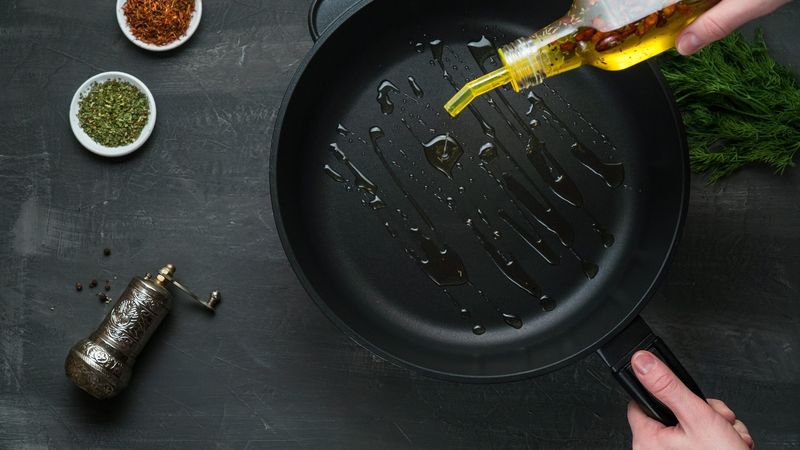
In the world of cooking, oil might be an overused friend. But what if you could cut down without losing flavor? Enter cooking sprays, nonstick pans, and air fryers.
These tools help you create delicious meals with less oil. Baking can also be a great alternative, offering the same taste with fewer calories.
Experiment with these methods and see how your dishes transform. It’s all about maintaining taste while trimming calories. Your culinary creations might just surprise you!
7. Swap in Veggies for Carbs
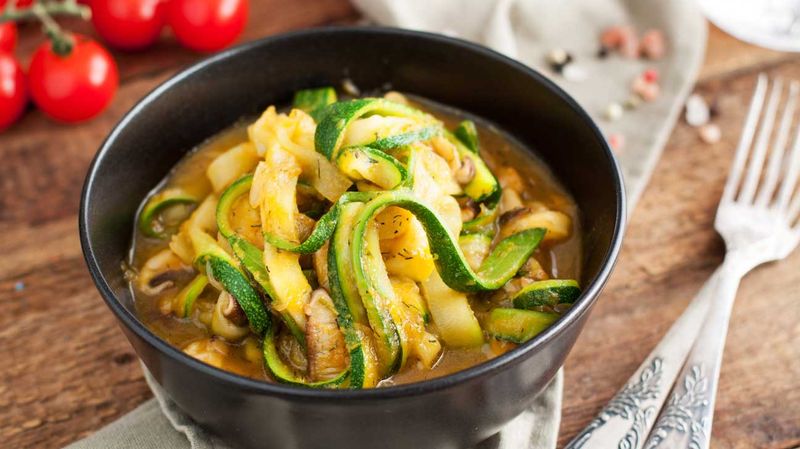
Carbs often get a bad rap, but what if you could enjoy the same dishes using veggies? By swapping bread with lettuce, replacing pasta with zucchini noodles, or choosing cauliflower rice, you maintain flavors minus the extra calories.
These alternatives don’t just cut calories—they add nutritional value too. It’s a win-win for taste and health.
Next time you’re cooking, look for veggie options. They might just become your new favorite ingredients, adding a fresh twist to your meals.
8. Cut Down on Added Sugar

Sugar can be a hidden guest in many foods. Sauces, cereals, and even yogurts might house more sugar than expected. By reading labels and opting for low-sugar versions, you’re making a step towards healthier eating.
Choosing natural sweeteners like fruits over processed sugar can also be a delightful change. It’s about enjoying sweetness in a more natural form.
These changes don’t just cut calories; they create a palate accustomed to natural flavors. Rediscover the sweetness that nature offers!
9. Eat Mindfully
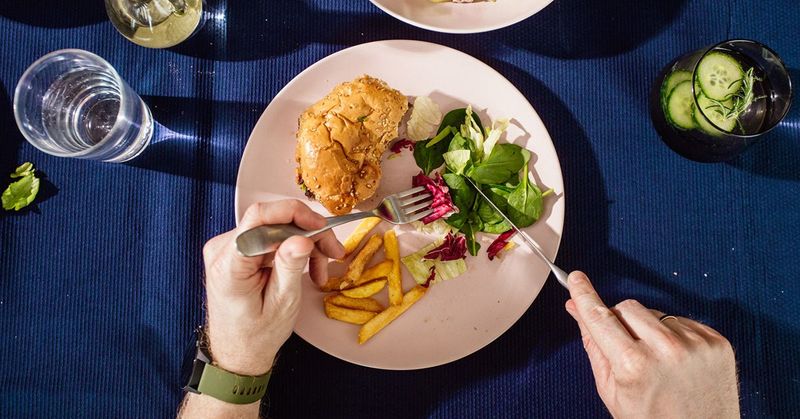
Eating can be a rushed activity, but what if you took the time to savor each bite? Mindful eating involves slowing down and truly enjoying your food.
By focusing on the taste and texture, you might find you’re satisfied with less. This practice encourages a deeper connection with your meals.
The next time you eat, try setting your fork down between bites. It might transform your eating experience, leaving you fulfilled and content with smaller portions.
10. Don’t Skip Meals
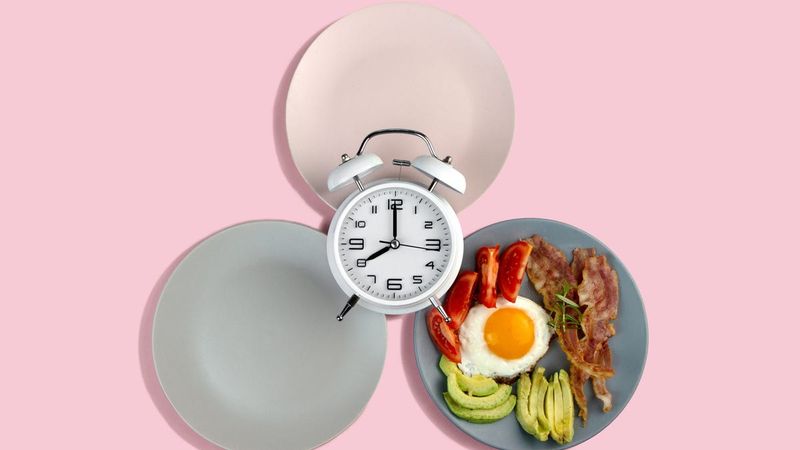
Skipping meals might seem like a quick way to cut calories, but it often backfires. Missing meals can lead to extreme hunger and overeating later.
Regular meals help regulate hunger and maintain energy levels throughout the day. It’s about creating a consistent rhythm that your body can rely on.
Try to eat at regular intervals. This habit can stabilize your appetite, making calorie reduction more manageable. Your body will thank you for the predictable nourishment!
11. Choose Air-Popped Popcorn Over Chips
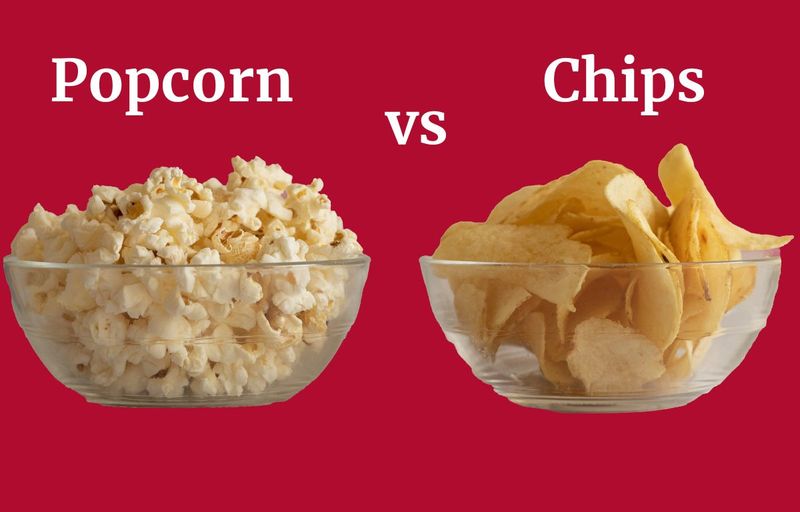
Popcorn might be the unsung hero of snacking. When air-popped, it becomes a low-calorie, high-fiber alternative to chips. Just skip adding butter.
This snack is crunchy and satisfying, with a fraction of the calories. It’s a choice that keeps the fun in snacking while being kind to your waistline.
Next time you’re reaching for a snack, consider popcorn. It offers a guilt-free crunch that satisfies without the calorie load of chips.
12. Portion Out Snacks Instead of Eating from the Bag
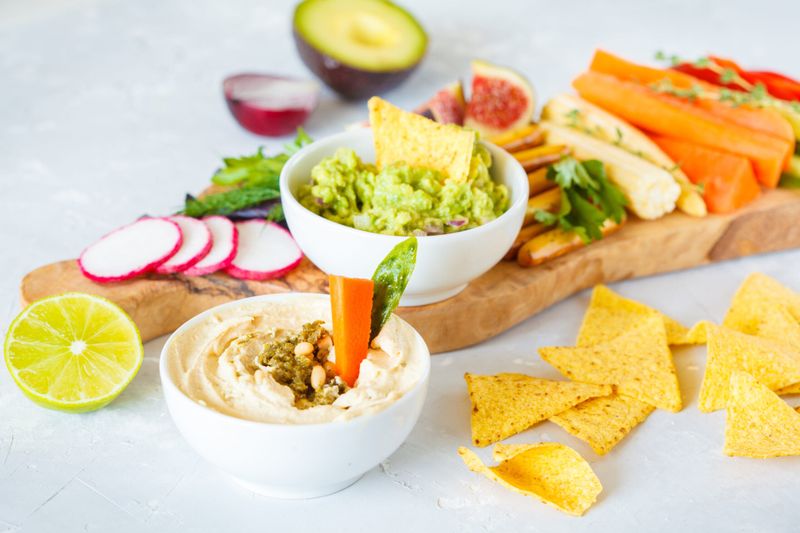
Eating from the bag might lead to mindless snacking. By portioning out snacks into small bowls, you control your intake.
This practice helps you enjoy your snack without overindulging. It’s about awareness, not restriction.
Next time you snack, serve yourself a portion. You’ll enjoy the treat without the worry of consuming extra calories.
13. Avoid Seconds (At First)

Ever felt like going for seconds as soon as your plate is empty? Try waiting 15-20 minutes before deciding. Often, the initial serving may be satisfying enough.
This waiting period allows your body to signal fullness. It’s about giving your mind and stomach time to communicate.
Next time you’re tempted, pause and wait. You might find you don’t need that extra helping after all.
14. Use Greek Yogurt Instead of Sour Cream or Mayo
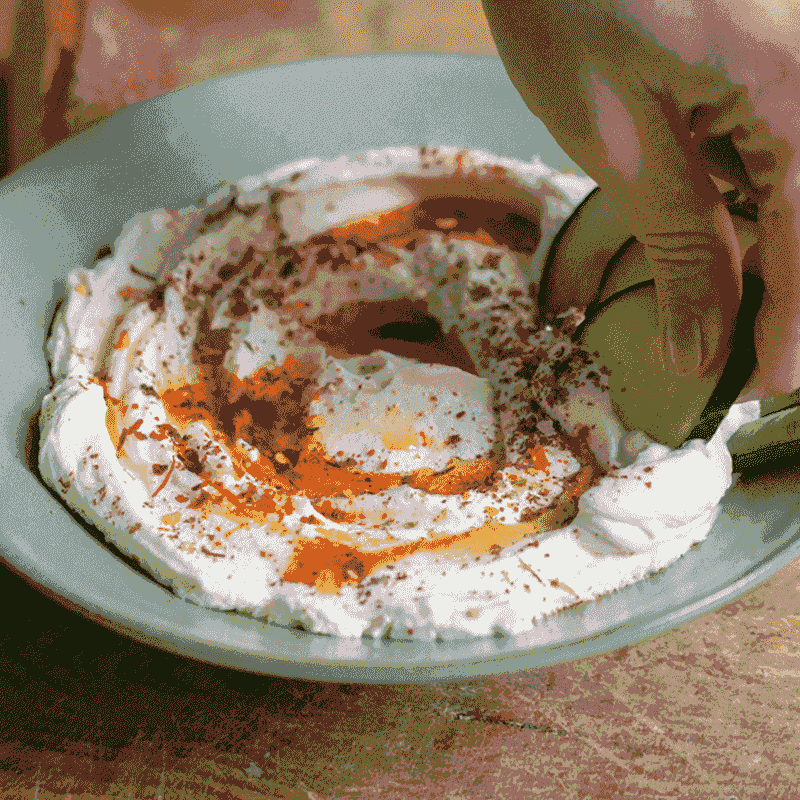
Creaminess doesn’t have to mean extra calories. Greek yogurt offers the same texture with more protein and fewer calories compared to sour cream or mayo.
This simple swap can enhance the taste of dishes while making them healthier. It’s about keeping the flavors you love with a nutritious twist.
Next time you’re cooking, reach for Greek yogurt. It might just become your new kitchen staple, adding richness without the calorie burden.
15. Make Half Your Plate Veggies
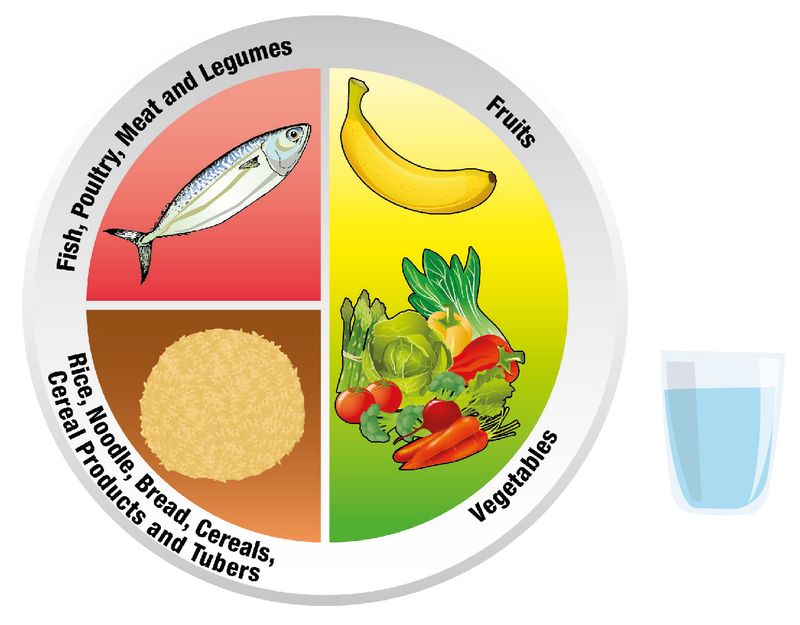
Visualize your plate: half covered with vibrant vegetables, bursting with colors and nutrients. This approach leaves less room for high-calorie extras.
Filling up on veggies first provides the nutrients, fiber, and satiety needed to enjoy a balanced meal without overeating.
Next meal, try making veggies the star. This strategy can transform your eating habits, making healthy eating more attainable and delightful.
16. Watch the Dressings and Sauces
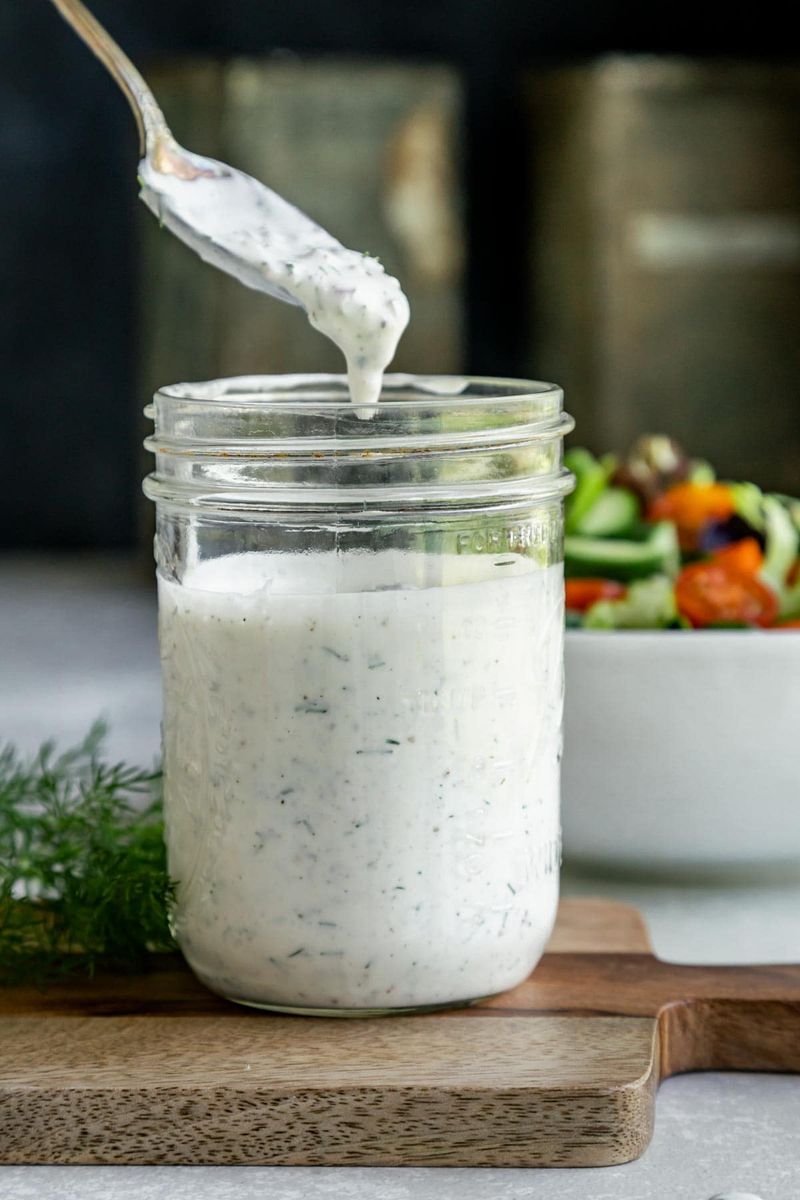
Dressings can turn a healthy salad into a calorie-dense meal. Opt for vinaigrettes, lemon juice, or use dressings sparingly.
These choices keep your salad fresh and flavorful without the calorie overload. It’s about enjoying your greens without hidden extras.
Next time you dress your salad, think lighter. It keeps the focus on fresh ingredients while cutting back on unnecessary calories.
17. Eat More Soup
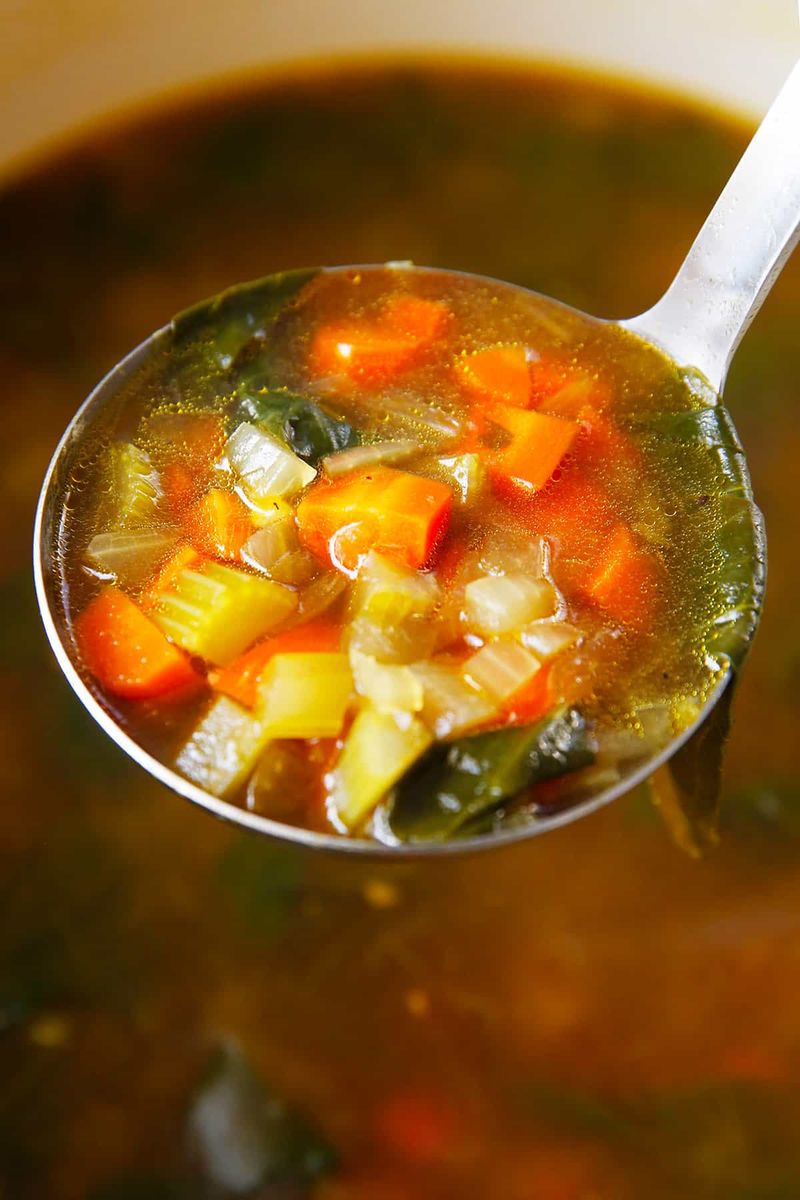
Soup can be a comforting choice, especially when broth-based. These soups are low in calories and filling, making them an ideal meal or starter.
Cream-based soups, however, can be calorie traps. Choosing broth-based versions adds warmth without extra calories.
Next time you’re in the mood for soup, opt for broth-based. It’s a choice that warms both the body and the calorie count.
18. Try Meatless Meals Once or Twice a Week
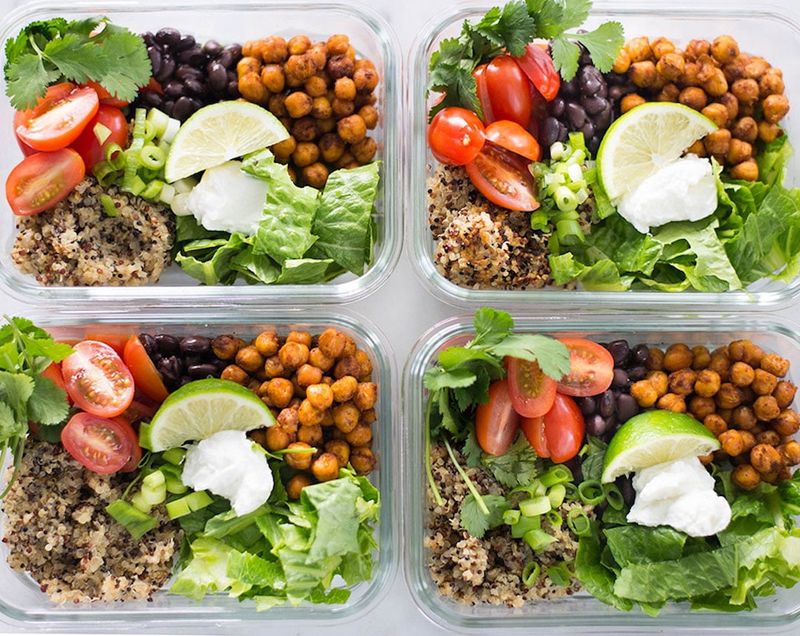
Plant-based meals can be a delightful change. Dishes like lentil chili, veggie stir-fry, or bean tacos offer flavors without the calorie intensity of meat.
These meals are typically rich in fiber, making them filling and satisfying. It’s about enjoying diversity in your diet while being kind to your calorie intake.
Next meal plan, include a meatless day or two. Discover the joy of plant-based eating, embracing flavors without the calorie worry.
19. Don’t Drink Your Calories at Night

Evening drinks can sneak in unwanted calories. Alcohol and sugary mixers add up quickly.
Consider light mocktails or flavored water as alternatives. These options offer refreshment without the calorie burden.
Next time you unwind, choose wiser sips. It’s about enjoying the evening without compromising your calorie goals.
20. Practice the 80% Rule

Fullness isn’t about being stuffed. Practicing the 80% rule means stopping when you’re just satisfied, not overly full.
This approach gives your body time to register fullness, preventing overeating. It’s about moderation and awareness.
Next meal, listen to your body. Stop when you’re pleasantly satisfied, leaving room for comfort in your eating experience.
